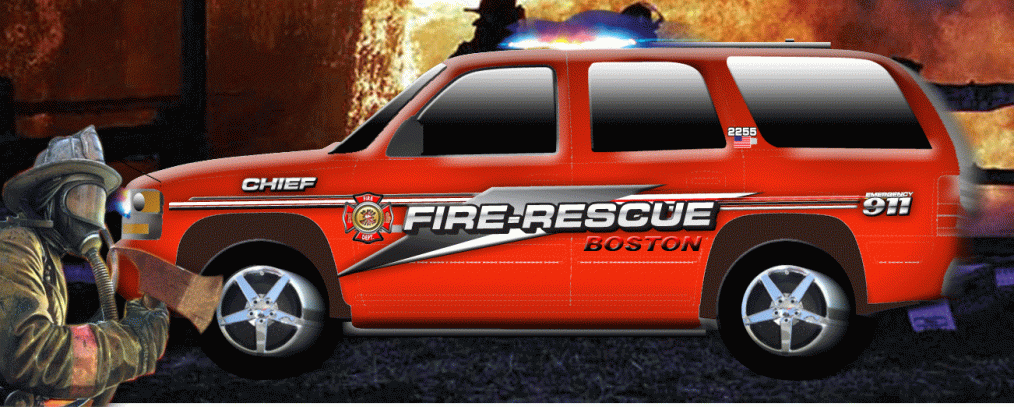 When evaluating the gambit of skills needed to be a successful officer, there is one that is perhaps the most valuable and yet hardest to develop. I am referring to self-reflection, which in itself seems easy to do however, skewed perceptions often leave our true self image twisted and distorted like a fun-house mirror. In addition, many of us fail to realize that self reflection is not merely what we think of ourselves rather it is the ability to see ourselves in relation to the external world that exists outside our mind. Without this ability we fail to understand the impact of our actions and truly understand who we are or how we fit within the group. While self-esteem should remain internally driven, self-reflection needs to look at the bigger picture.
When evaluating the gambit of skills needed to be a successful officer, there is one that is perhaps the most valuable and yet hardest to develop. I am referring to self-reflection, which in itself seems easy to do however, skewed perceptions often leave our true self image twisted and distorted like a fun-house mirror. In addition, many of us fail to realize that self reflection is not merely what we think of ourselves rather it is the ability to see ourselves in relation to the external world that exists outside our mind. Without this ability we fail to understand the impact of our actions and truly understand who we are or how we fit within the group. While self-esteem should remain internally driven, self-reflection needs to look at the bigger picture.
Understanding your strengths and weaknesses, in comparison to your environment, is key to identifying your role. Not every leader is equipped to handle every situation. Knowing where you fit and realizing what is within your comfort zone is beneficial to everyone involved. False confidence by over or under estimating yourself leads to becoming vague rather than definite and decisive. The vagueness is a defense mechanism so that when challenged the person can skew the decision/answer they gave to fit the new information, thus attempting to appear right. You will gather more respect and build a better team if you take an honest look at yourself and admit when you have short-comings. Also, in maintaining integrity, if you cannot be honest with yourself, how can anyone expect you to be honest with them? I am my worst critic, and over the years have learned to accept outside opinion, relating to aspects of my performance to help balance out my true self-image. This works both ways. Whether others see you better or worse, than you see yourself, maintaining balance is key to improving as a leader.
So, now that we have explored the reasons for self-reflection, the question is how to accurately complete a self-survey to see the reflection. First step is to put yourself in the right state of mind. Although not a formal process, it is one that requires attention to detail and a look at the bigger picture. You need to accept that you may not like the answers you come to while maintaining the ultimate goal, of being better, as your focus. Next, look at your internal perspective. What are your values? What are your perceptions? How comfortable are you with the situation? What do you excel and struggle with? What is your level of commitment? When you have the answers to those questions, it is important to gather external perspectives. These can come from formal evaluations, personal discussions, or by focusing on the non-verbal ques given off by those around you. In this stage of the process I like to have a trusted mentor/friend/co-worker who isn’t afraid to tell it to me straight. I often find myself asking these people questions like…. did I handle _____ appropriately? What do you think about _____? The final piece to this puzzle is something we practice our entire lives starting in early child-hood. This is evaluating cause and effect. Successful officers are able to see beyond the initial effect. An example of this concept is spilling a glass of water. Simple cause and effect would dictate that the glass is empty and there is a mess. Extended cause and effect would evaluate the placement of the glass, the amount of fluid inside, the conditions that led to the spill, the spill itself, hazards and subsequent actions that might occur from the water, the result of not having water in a glass(thirst, etc.), the added effort and resources needed to clean up the spill, the actions and effort needed to refill the glass, and even ways to prevent the spill from reoccurring. Self-reflection will help you realize that every action has extended effects. In the complicated interactions between people the ripple, created by your actions, can effect those who may have no direct contact with you.
Some closing remarks……Always consider that no-one can see your intentions, therefore your actions are what define you to others. Using self-reflection as a 360 degree understanding, you will become a better leader since it will allow you to see how you influence others. Everything you do or say is analyzed and translated through the perceptions of others making it necessary to see things from other points-of-view. Never assume you are the best or worst when compared to others, there is always someone who will prove you wrong. Maintaining a balanced self-reflection is the key to unlocking your potential as a person and leader.








